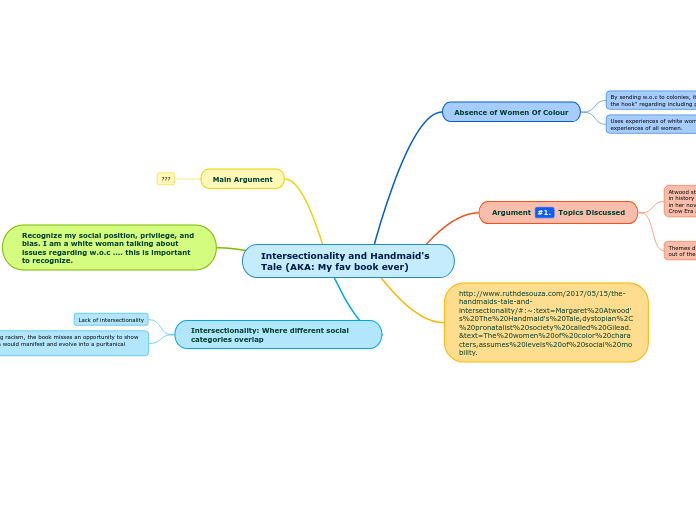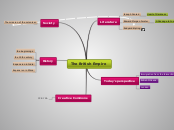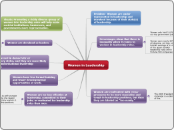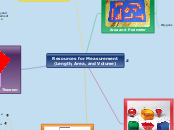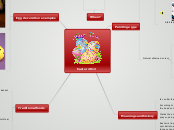af Anya Tisma 4 år siden
551
Intersectionality and Handmaid's Tale (AKA: My fav book ever)
The discussion centers on the intersectionality within Margaret Atwood’s The Handmaid’s Tale, highlighting the absence of women of color in the narrative. The themes addressed include historical injustices faced by women of color, such as public lynchings, being forced to bear children for their oppressors, rape, and being stripped of their identities.
